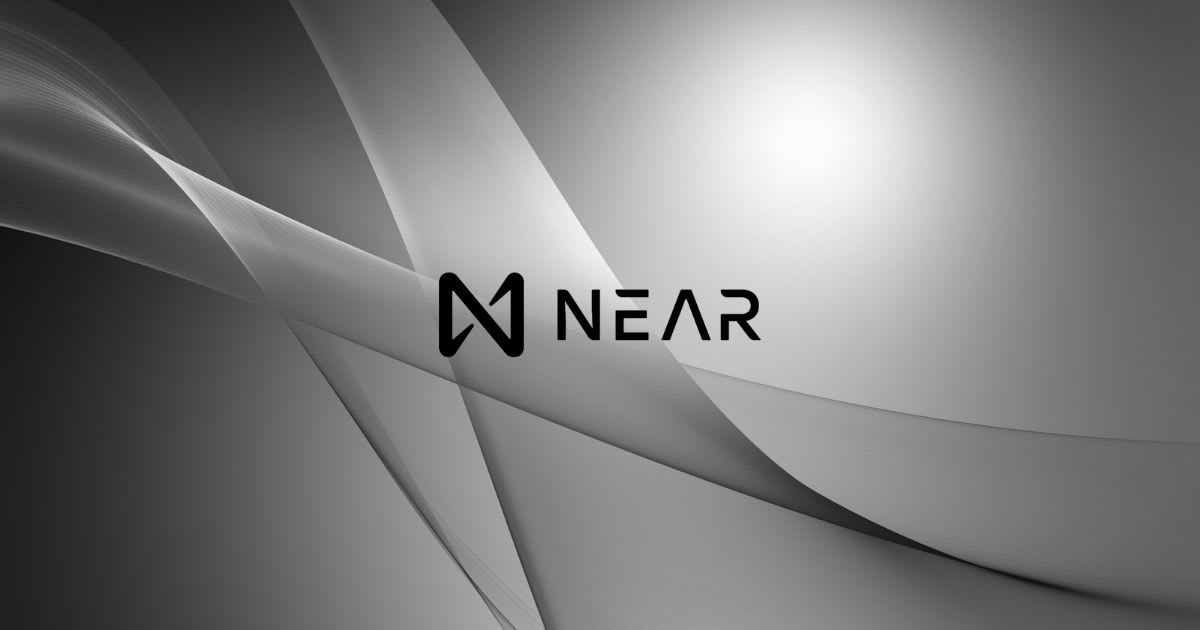NEAR Centralized Exchange (CEX) Flows
An analysis of the inflows and outflows of assets from NEAR to CEX and vice-versa in addition to CEX users' behavior within NEAR chain.
What is NEAR Protocol?
NEAR Protocol is a decentralized application platform designed to make it easier for developers to build and deploy blockchain-based applications. It uses a proof-of-stake consensus mechanism and is built on a sharded blockchain architecture that allows for high scalability and low transaction fees.
NEAR Protocol aims to address some of the major pain points associated with building decentralized applications, such as slow transaction speeds, high fees, and difficult user experiences. To achieve this, NEAR Protocol provides developers with a set of powerful tools and infrastructure, including a smart contract language called AssemblyScript, a decentralized storage system called NEAR Storage, and a user-friendly wallet interface called NEAR Wallet.
One of the key features of NEAR Protocol is its ability to support interoperability with other blockchains and traditional systems. This is achieved through the use of bridges, which allow tokens and assets to be transferred between NEAR and other networks, as well as through the use of middleware services that enable developers to connect their applications to external data sources.
Welcome to NEAR Centralized Exchange (CEX) Flows Dashboard!
In this dashboard, Firstly, We are going to illustrate the inflows and outflows of assets from NEAR to CEX (Centralized Exchanges) and vice-versa.
Furthermore, We are going to look at which CEXes are bringing in the most active users to the NEAR ecosystem.
And lastly, We are going to analyze what dApps in the NEAR ecosystem users who onboarded funds from CEXes are using.
-
This dashboard provides a Date_Trunc parameter, which you can use to adjust the time frame of the over-time charts to your preferred interval. By default (recommended), the time frame is set to Monthly.
-
This dashboard distinguishes between two types of transfers: inflows and outflows. Inflows refer to transfers from the NEAR chain to Centralized Exchanges (i.e., transfers to CEXs), whereas outflows represent transfers from Centralized Exchanges to the NEAR chain (i.e., transfers from CEXs).

What is a Centralized Exchange?
A centralized exchange (CEX) is a type of cryptocurrency exchange that is operated by a single organization or entity, which acts as an intermediary between buyers and sellers of cryptocurrencies.
In a centralized exchange, users can trade their cryptocurrencies for fiat currencies or other cryptocurrencies that are supported on the platform. The exchange typically charges fees for transactions and may require users to provide personal information, such as their name, address, and government-issued ID, to comply with anti-money laundering (AML) and know your customer (KYC) regulations.
CEXs provide a user-friendly interface for trading cryptocurrencies and are typically easier to use for beginners compared to decentralized exchanges (DEXs). However, they also have some disadvantages, such as being vulnerable to hacks and security breaches, and being subject to government regulations and potential censorship.
Dashboard by Ali3N
Discord: Ali3N#8546
Telegram: Alik110
Twitter: Alik_110
Email: Alik110.72@Gmail.com
Check out My Other Dashboards at: https://flipsidecrypto.xyz/Ali3N